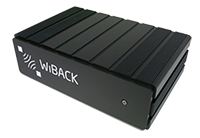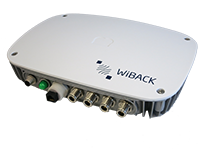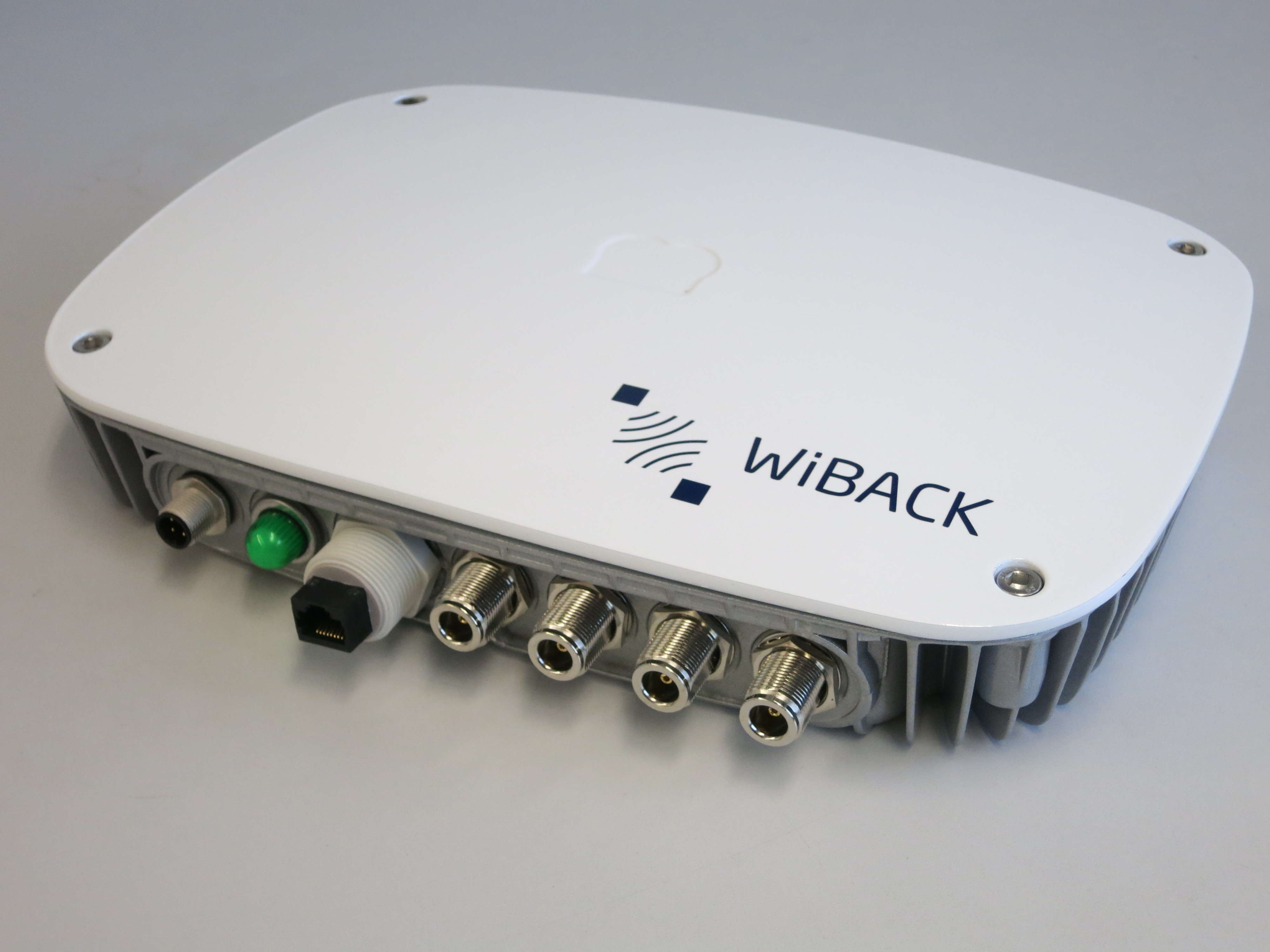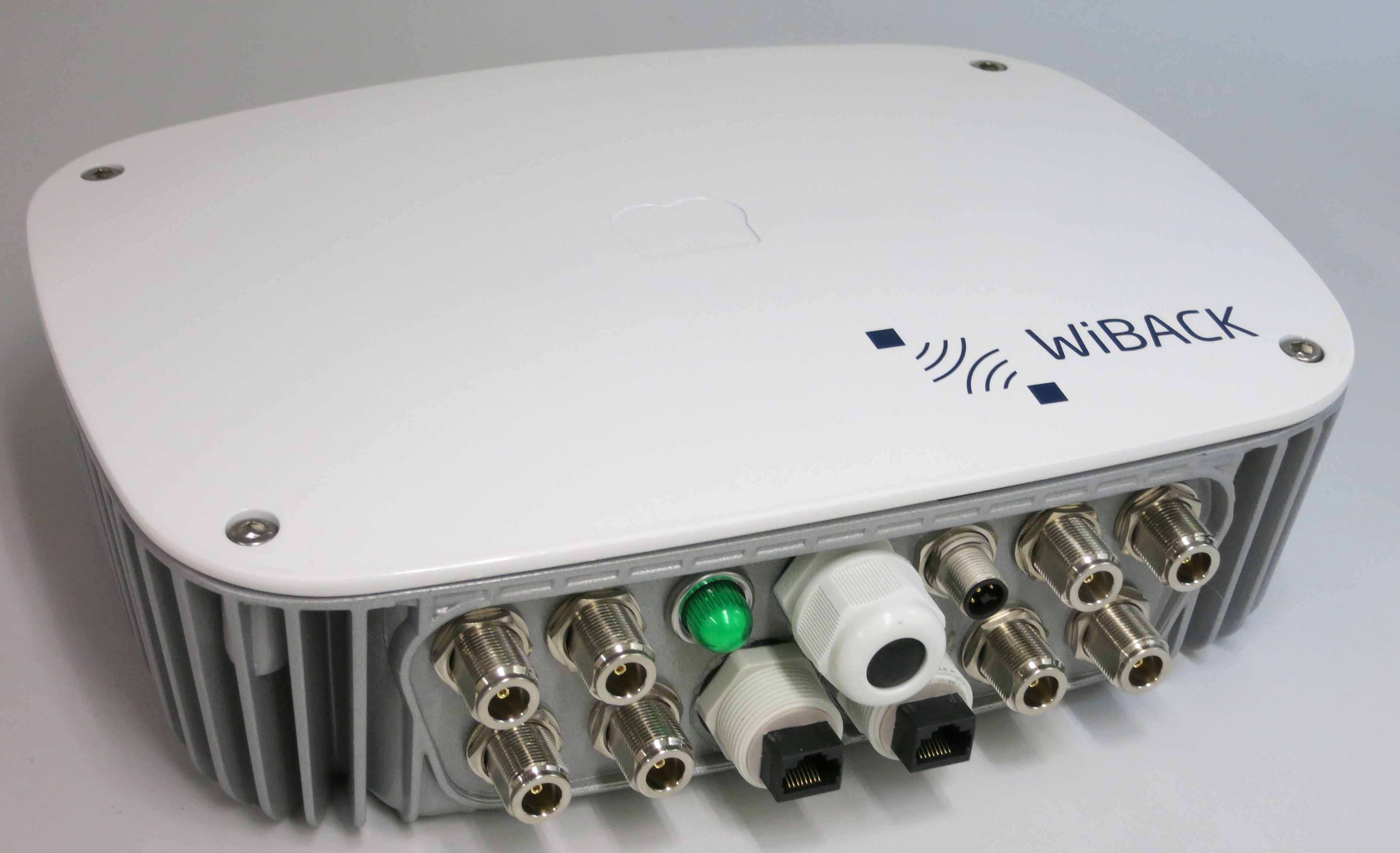WiBACK Nodes can be built based on any Linux-compatible x86 or ARMv7 CPU board and may provide any number of WiFi radios and/or Ethernet ports for backhauling. Thus, they can be customized for specific use cases. If required, some WiFi radios could be configured to operate as WiFi Access Points.
All our WiBACK Nodes are designed upon carefully selected COTS components to ensure an optimal cost/performance ratio at a small energy footprint. Hence, our outdoor nodes can be easily solar-powered. The Node-4-Connect (N4C) even includes a charge controller for LiFePo4 batteries (our built-in battery is dimensioned for 24/7/365 operation in areas located roughly within the equatorial belt).
To foster local economies and human capacity building, we make blueprints of our hardware platform freely available to our partners and provide tutorials to enable them to locally procure, produce and repair their devices.
Types of nodes
Node-2-Connect II
The primary WiBACK node is known as the Node-2-Connect II (N2C2) and features two WiFi radios and up to three Ethernet ports (typically, only one is available when using our standard enclosure).
Node-4-Connect
We have also developed a 4-radio node prototype that features a built-in charge controller, a GPS receiver, two Ethernet ports (one with a PoE splitter, one with a PoE inserter). The matching battery and the system board fit into the same enclosure. The BoM for this design is also available on request.
ARM-based Prototype
Recently we built a proof-of-concept based on the Turris Omnia router, which features three radios and up to five Ethernet ports. The BoM is available upon.
Compatibility with other technologies
Conceptually, all radio nodes could be equipped with different radio technologies. To date, professional-grade IEEE 802.11 (WiFi) equipment provides the optimal cost/performance ratio, but other technologies could be supported, as well. The modular WiBACK concept is future proof and allows for easy integration of upcoming technologies such as mmWave, TVWS, etc.
Independent of the WiBACK backhaul technologies, WiBACK provides transparent Ethernet on its Edge interfaces via standard Ethernet ports. Alternatively, the built-in WiFi radios can be configured to operate as WiFi Access Points. Furthermore, WiBACK nodes can act as a backhaul for IoT networks, and our nodes can be equipped with an integrated LoRaWAN gateway.

 Fraunhofer WiBACK
Fraunhofer WiBACK




